‘Body Vessel Clay’ explores the legacy of Black female ceramic artists
‘Body Vessel Clay: Black Women, Ceramics & Contemporary Art’ at London’s Two Temple Place celebrates past and present pioneers of ceramic art
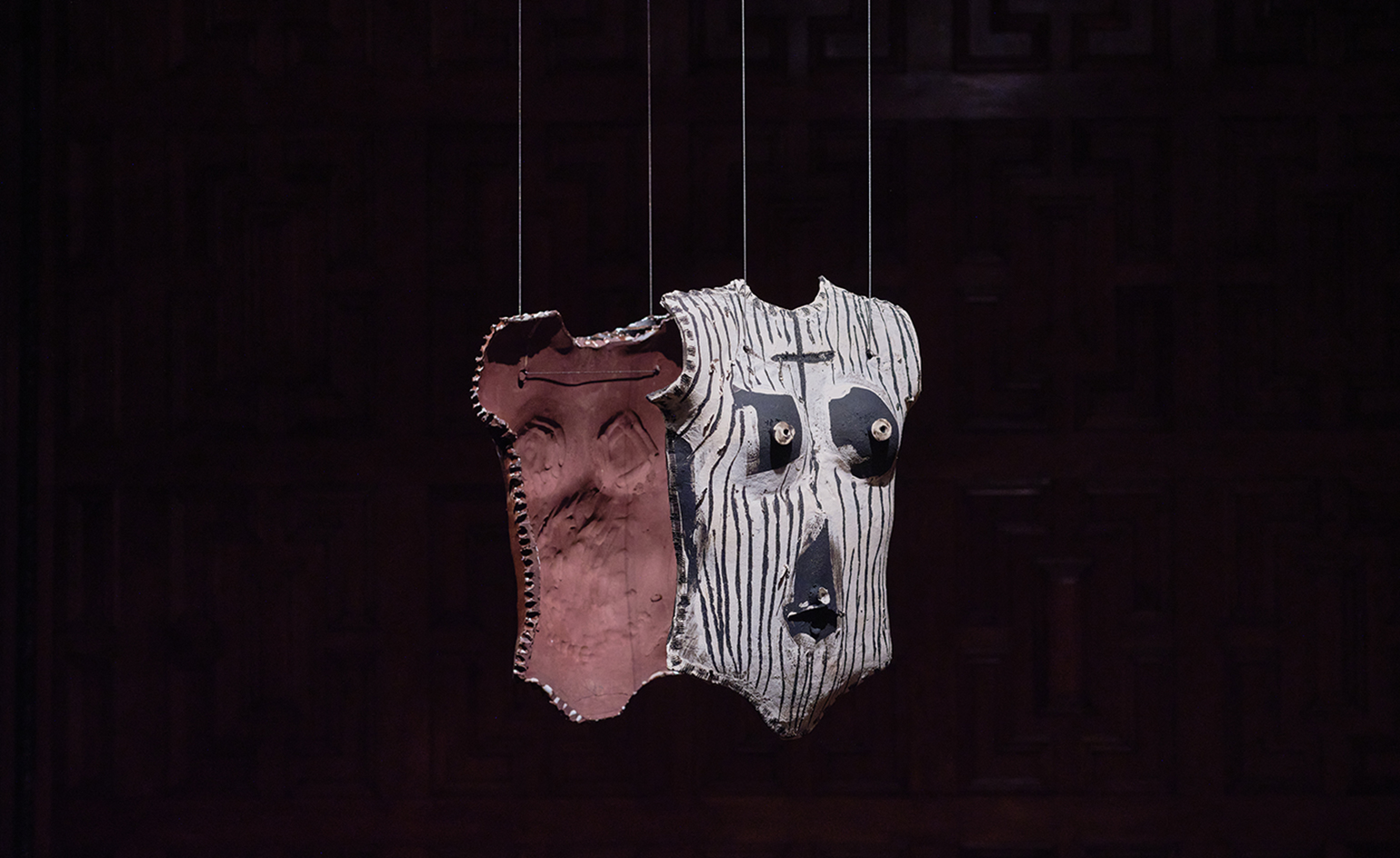
Amit Lennon - Photography
The body remembers, and so does clay. A new exhibition at Two Temple Place titled ‘Body Vessel Clay: Black Women, Ceramics & Contemporary Art’ looks back at 70 years to recover lost histories of work by Black, female ceramic artists and potters.
Curated by Jareh Das, the London art exhibition brings together eight artists and over 80 works of ceramics, preparatory drawings, film and archival material, which explore post-colonialism, gender and class. Undoubtedly concerned with history, ethnography, lineage and legacy, the exhibition is rooted in the foundations of modernism in Nigeria and begins with one seminal and celebrated figure: Nigerian potter Ladi Kwali.
Body Vessel Clay: Black Women, Ceramics & Contemporary Art
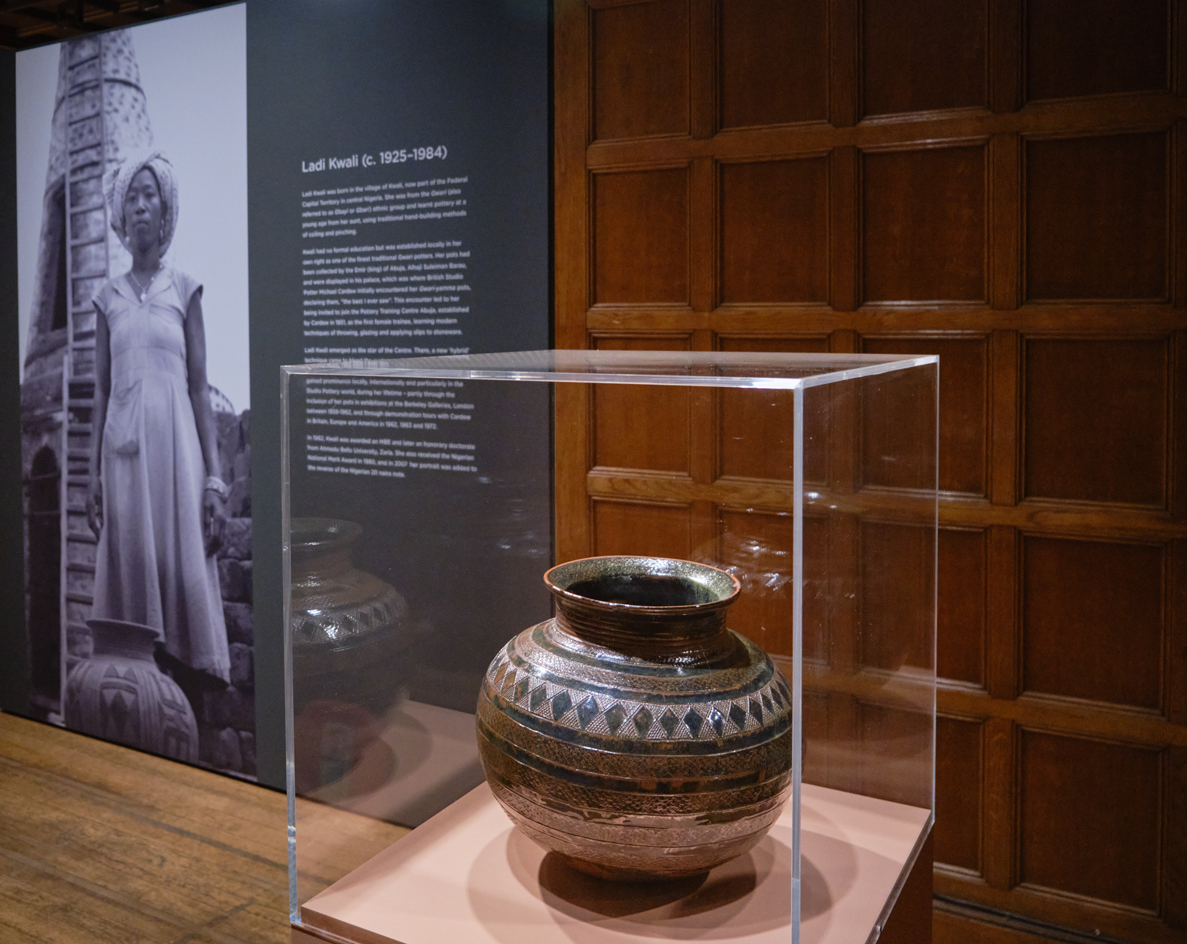
‘I grew up in Nigeria in the 1990s’, Das says, ‘and was reintroduced to Ladi Kwali when the 20 naira note was redesigned to include her image at the throwing wheel on the reverse side.’ Not formally trained as an artist, Kwali met pottery through matrilineal, familial lines and eventually made the transition from the domestic setting of Gwari traditional pottery to an international stage, with her work remaining amongst the most sought-after of pieces today.
Das curates a poetic, if unacknowledged, line from Kwali to some notable female ceramic artists of today. From the much-celebrated Magdalene Odundo – who studied directly under Kwali and her contemporaries at the Pottery Training Center in Abuja – to the work of Phoebe Collings-James, Shawanda Corbett, Chinasa Vivian Ezugha, Jade Montserrat, Bisila Noha and Julia Phillips.
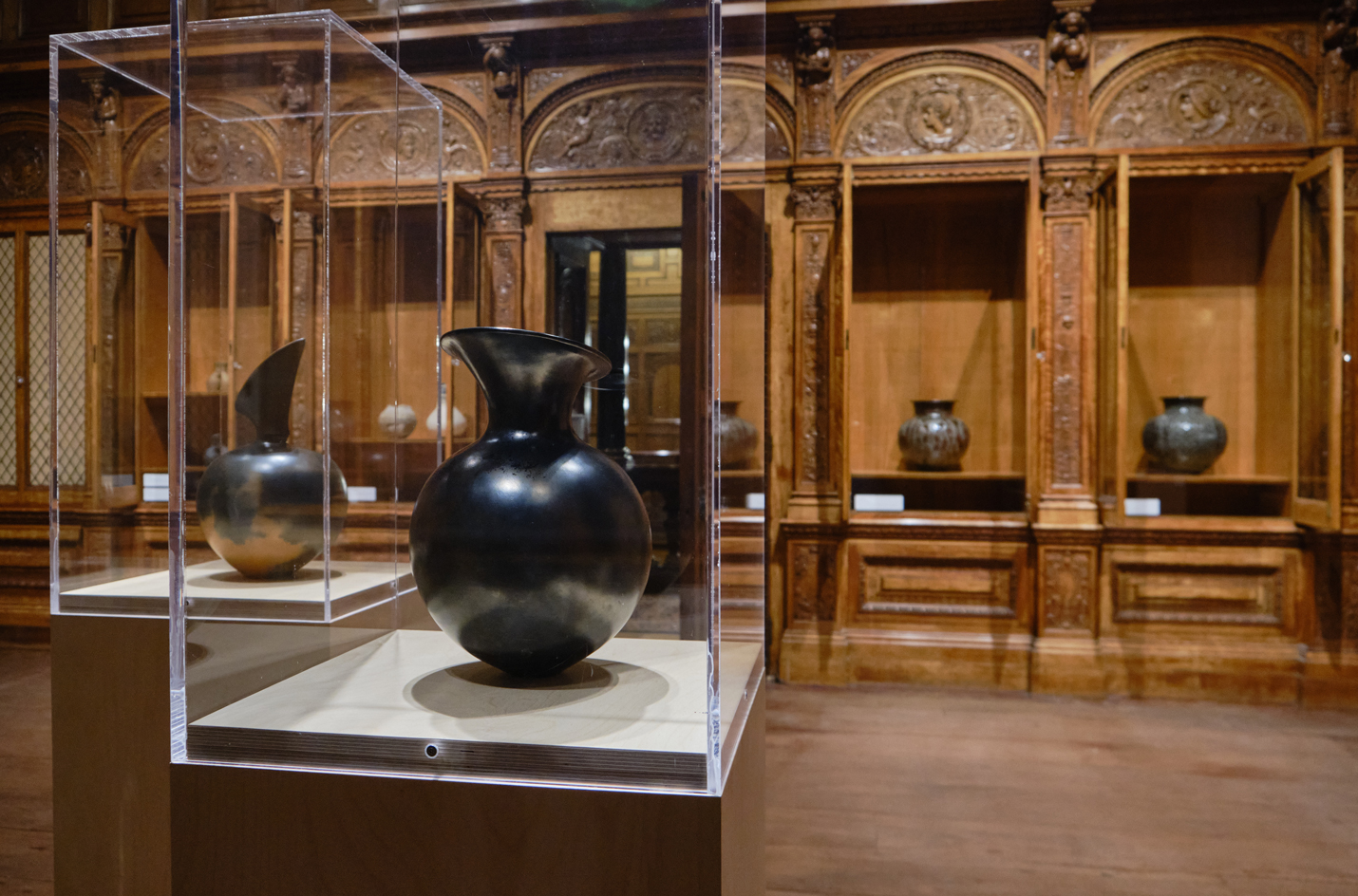
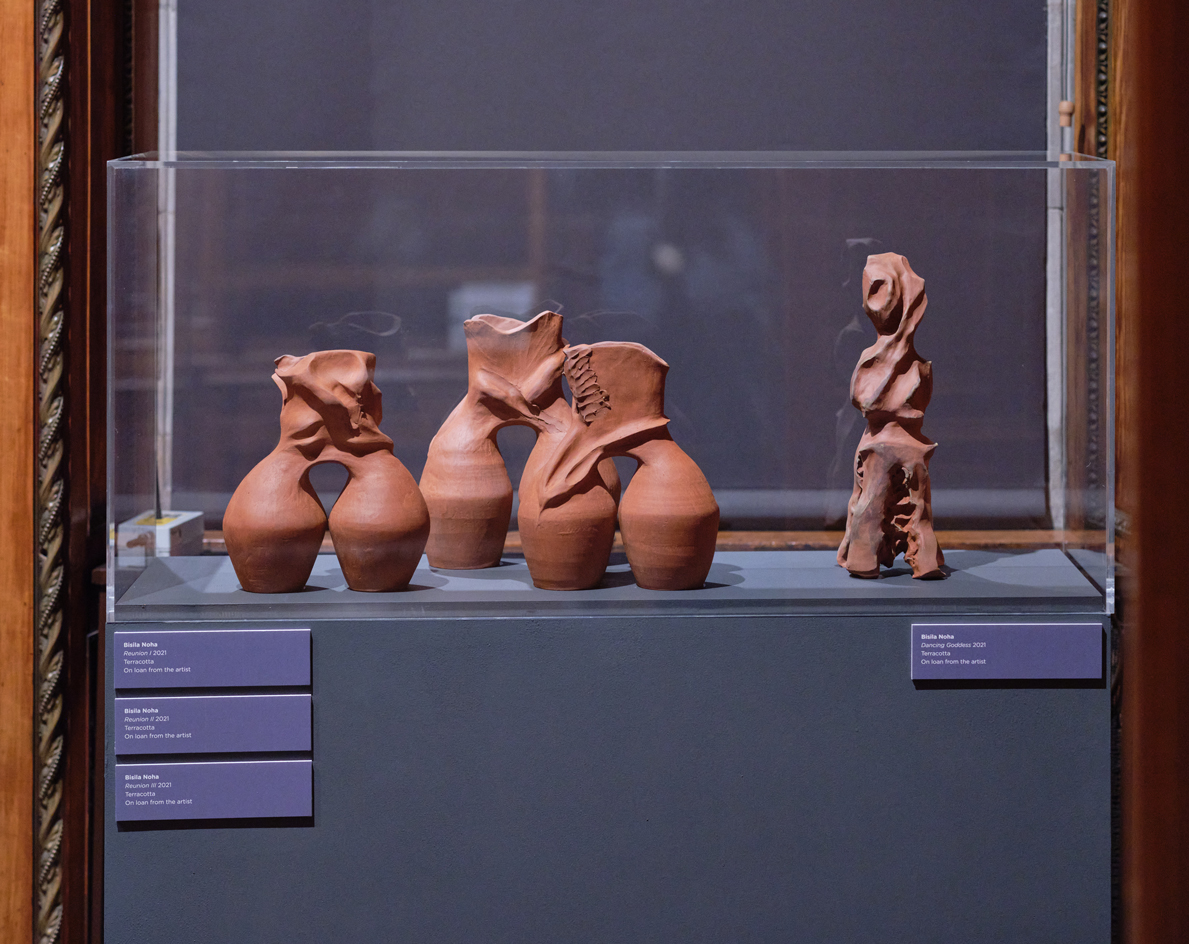
Through her hand-built ceramic pieces, Noha is directly engaging with the lost histories of pottery by women from the Global South. Her work looks directly at Ladi Kwali and her Ivorian contemporary, Kouame Kakaha, to uncover and situate herself in a lineage of female makers and artists. Montserrat’s film performance is also immersed in the act of remembering. Through repeated movements that re-enact and recall her own childhood in North Yorkshire, the artist uses her own body alongside clay to explore the relationship between the body and the earth.
Julia Phillips’ film features an armless torso carrying an invisible weight. Both drudgery and fruits of labour are suggested through images of a growing mound of clay and bare feet in a deepening pit of mud. Chinasa Vivian Ezugha’s backbreaking and commanding six-hour performance, Uro, is referenced in the exhibition through photography and a new conceptual sculpture made of clay from the original performance.
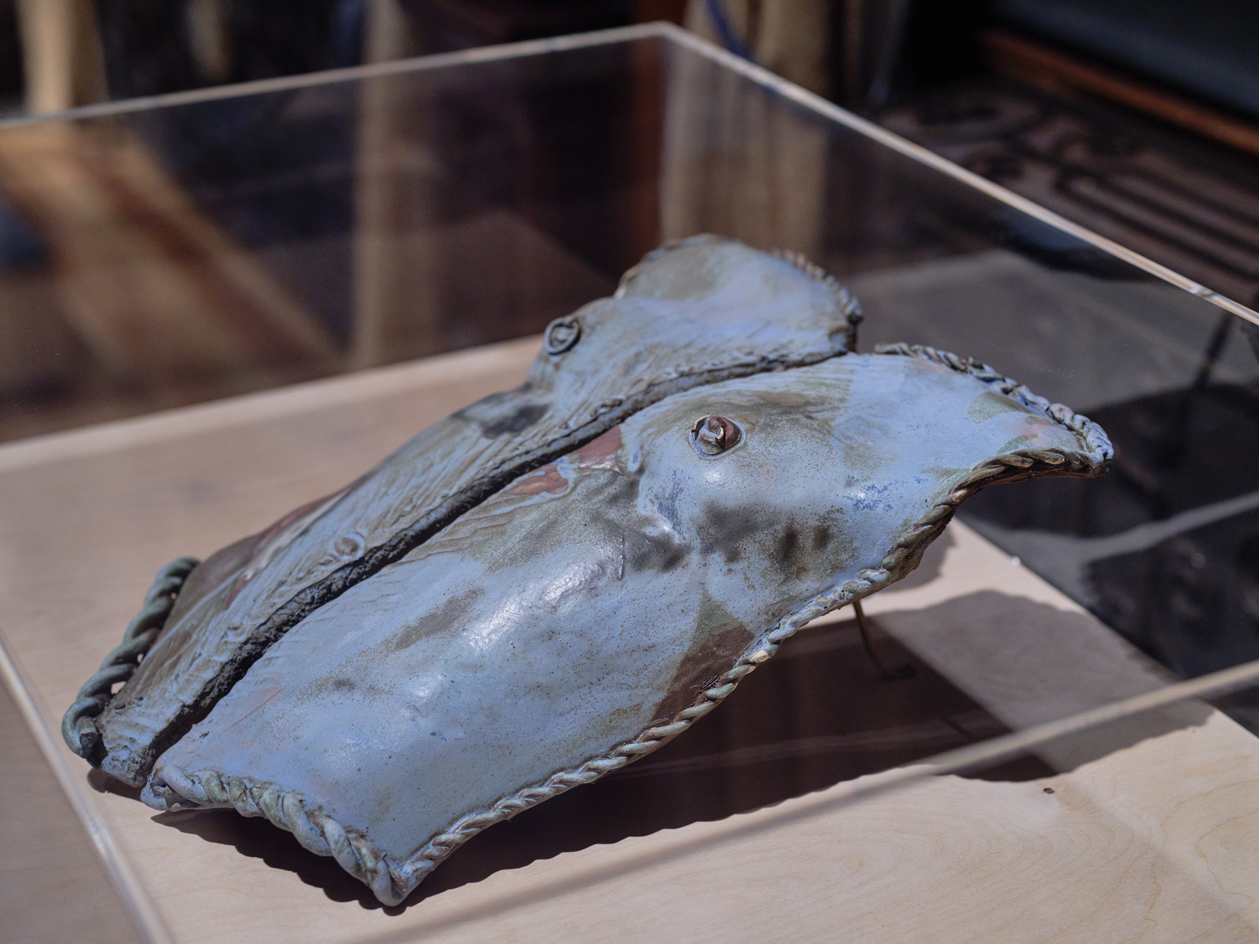
Presenting new work, Phoebe Collings-James continues her ongoing study of ceramic forms that explore tenderness, eroticism and tactility through a group of clay torsos that resemble Roman armour plates. Similarly, Shawanda Corbett plays with anthropomorphism in a series of sculptures called The Hood, which takes reductive stereotypes of Black identity and restores them with a dignity and humanity of the artist’s own reimagining.
Receive our daily digest of inspiration, escapism and design stories from around the world direct to your inbox.
Showcasing functional and ceremonial ceramic forms alongside more open and conceptual ways of approaching clay, the exhibition interrogates wider questions about ceramics and looks at how these pieces move within the spaces of craft, modernism and contemporary art. ‘Body Vessel Clay’ not only challenges memory and history, it also contemplates the place of the object and the body through time, space and practice.
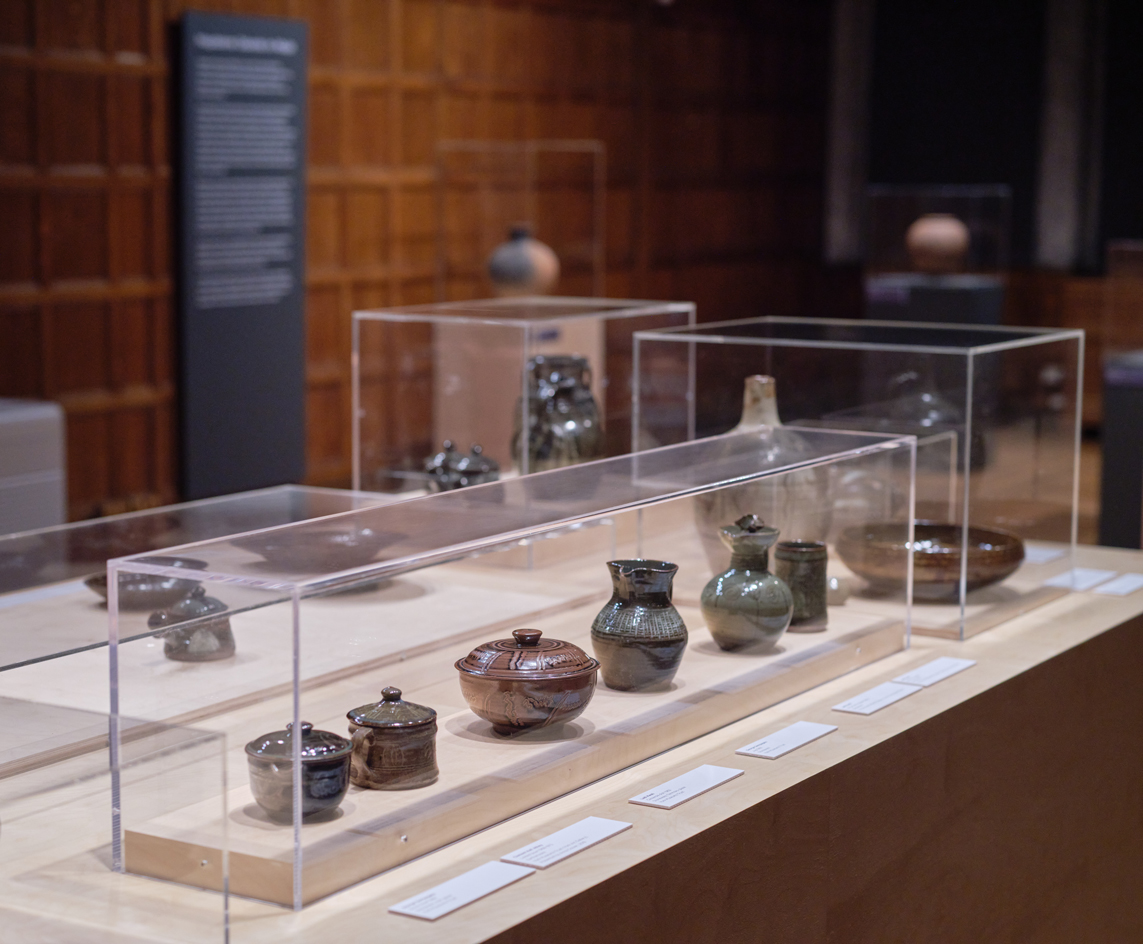
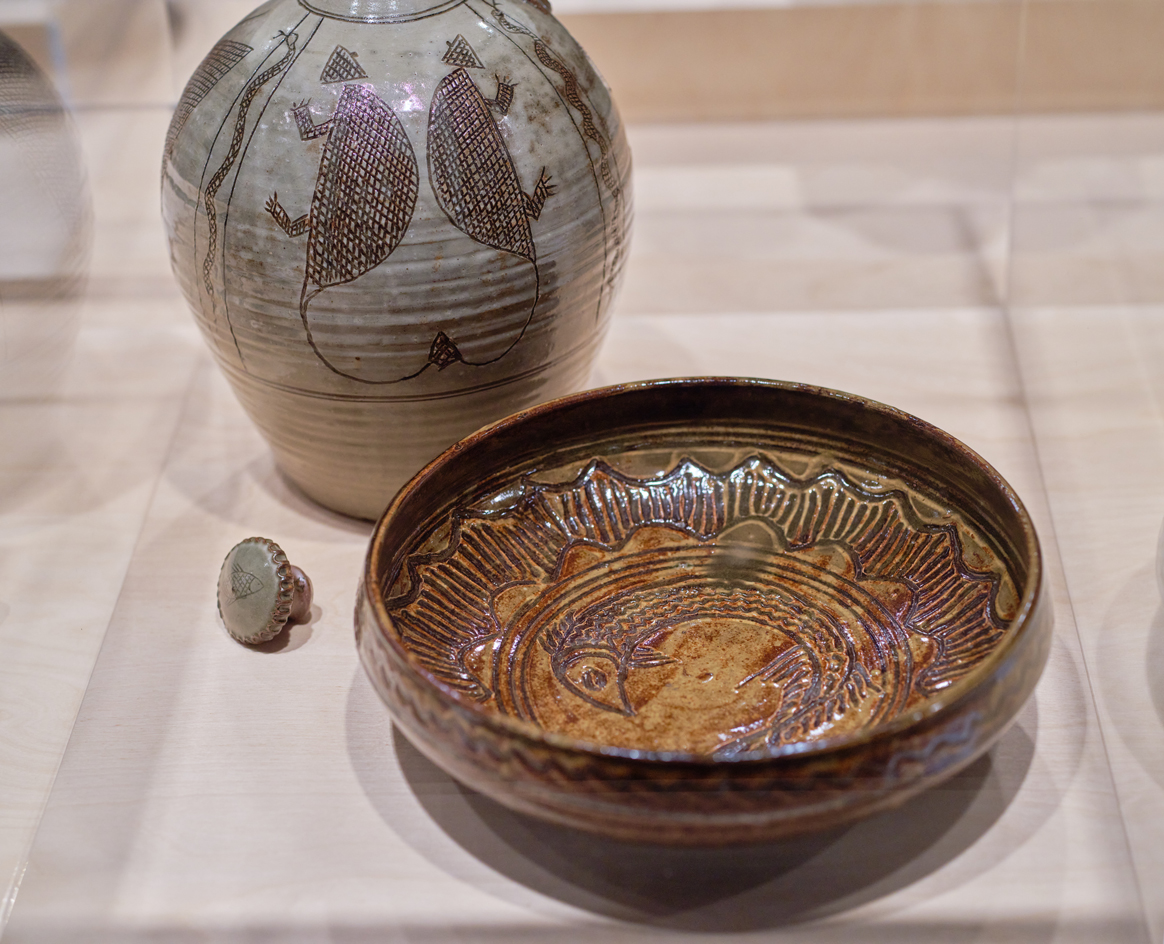
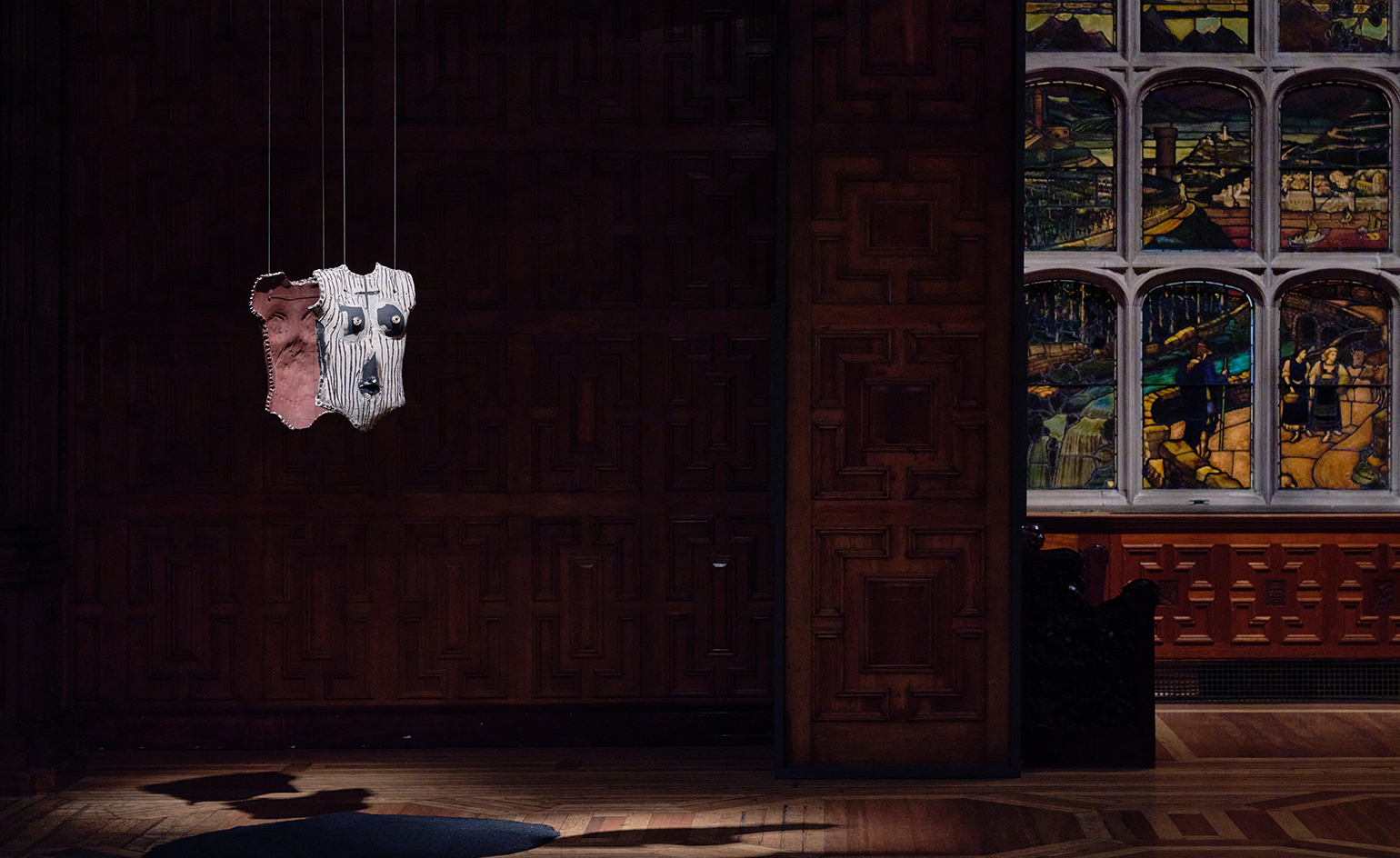
INFORMATION
'Body Vessel Clay: Black Women, Ceramics and Contemporary Art', is on view until 24 April 2022 at Two Temple Place, London. twotempleplace.org
The exhibition will travel to York Art Gallery this summer (24 June – 18 September 2022)
-
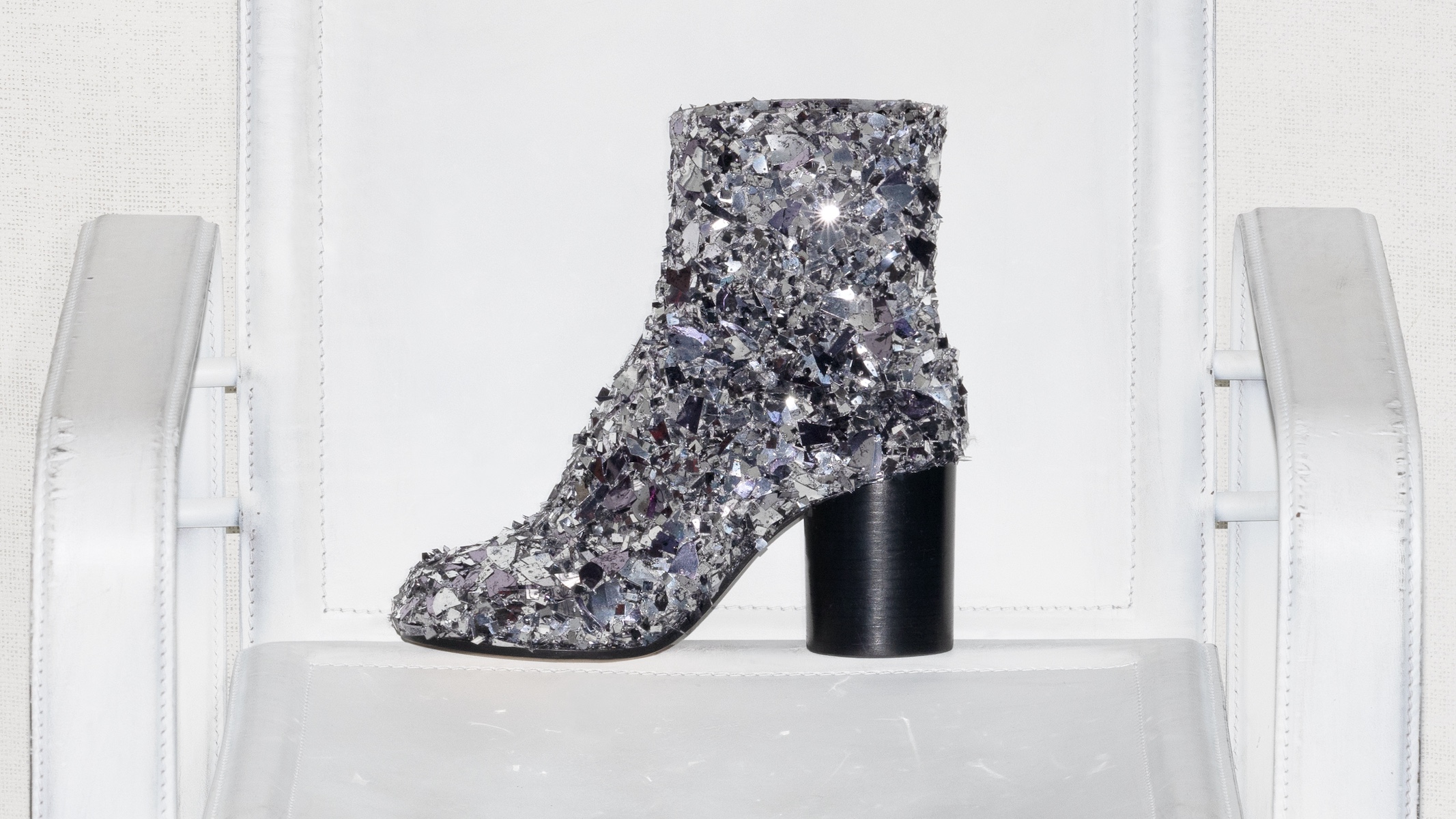 This is your chance to invest in some ultra-rare Maison Margiela Tabi boots
This is your chance to invest in some ultra-rare Maison Margiela Tabi bootsPart of the new ‘Tabi Collector’s Series’, these one-of-a-kind Tabis are adorned with 8,000 hand-embroidered beads, sequins and metallic shards – an ode to the pioneering split-toe style, introduced by Martin Margiela in 1989
-
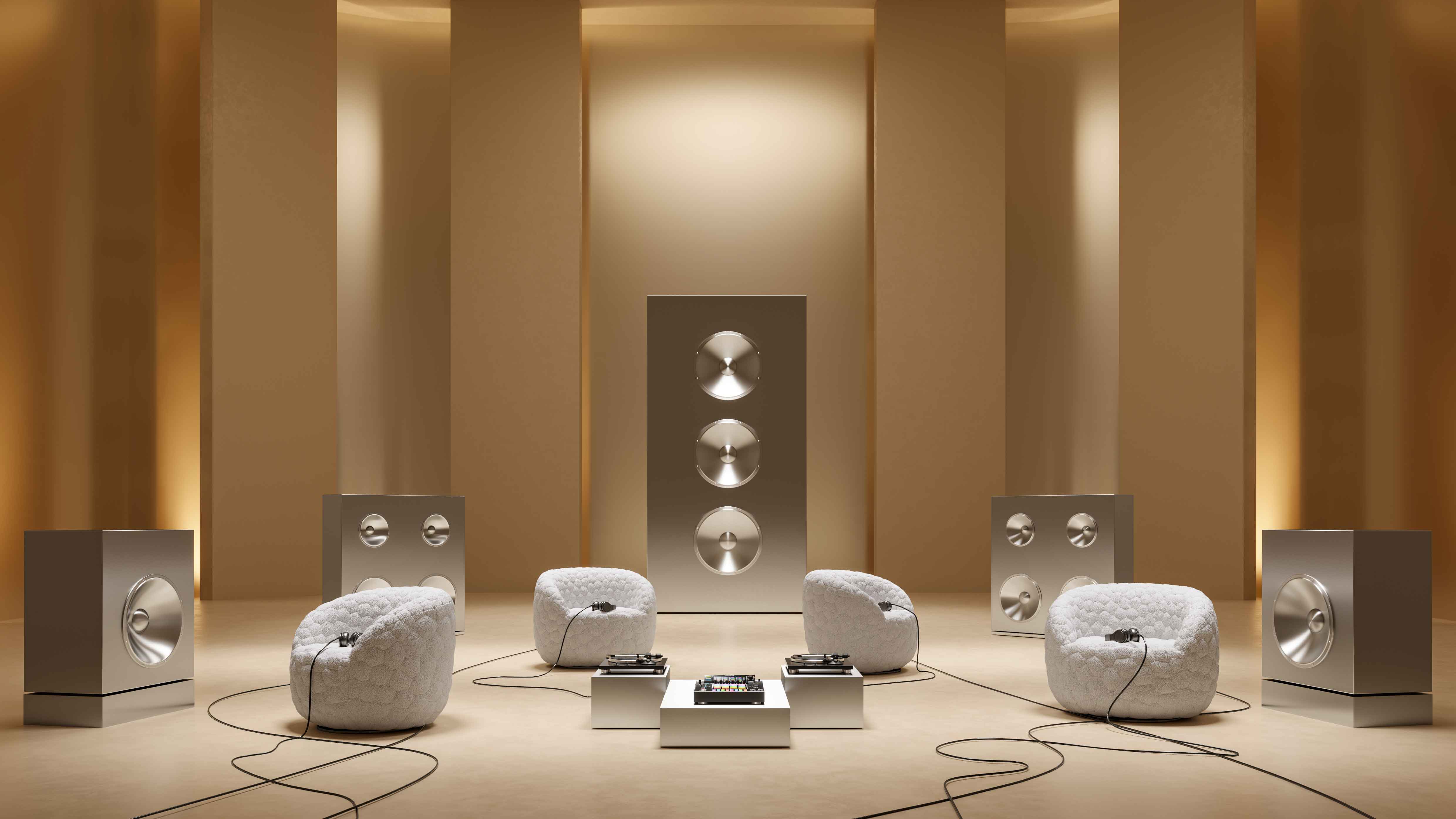 Robbie Williams' chair for Moooi 'is a complete mood'
Robbie Williams' chair for Moooi 'is a complete mood'Softly padded and cocoon-like, Robbie Williams’ Introvert chair makes a surprisingly gentle addition to Moooi’s theatrical universe
-
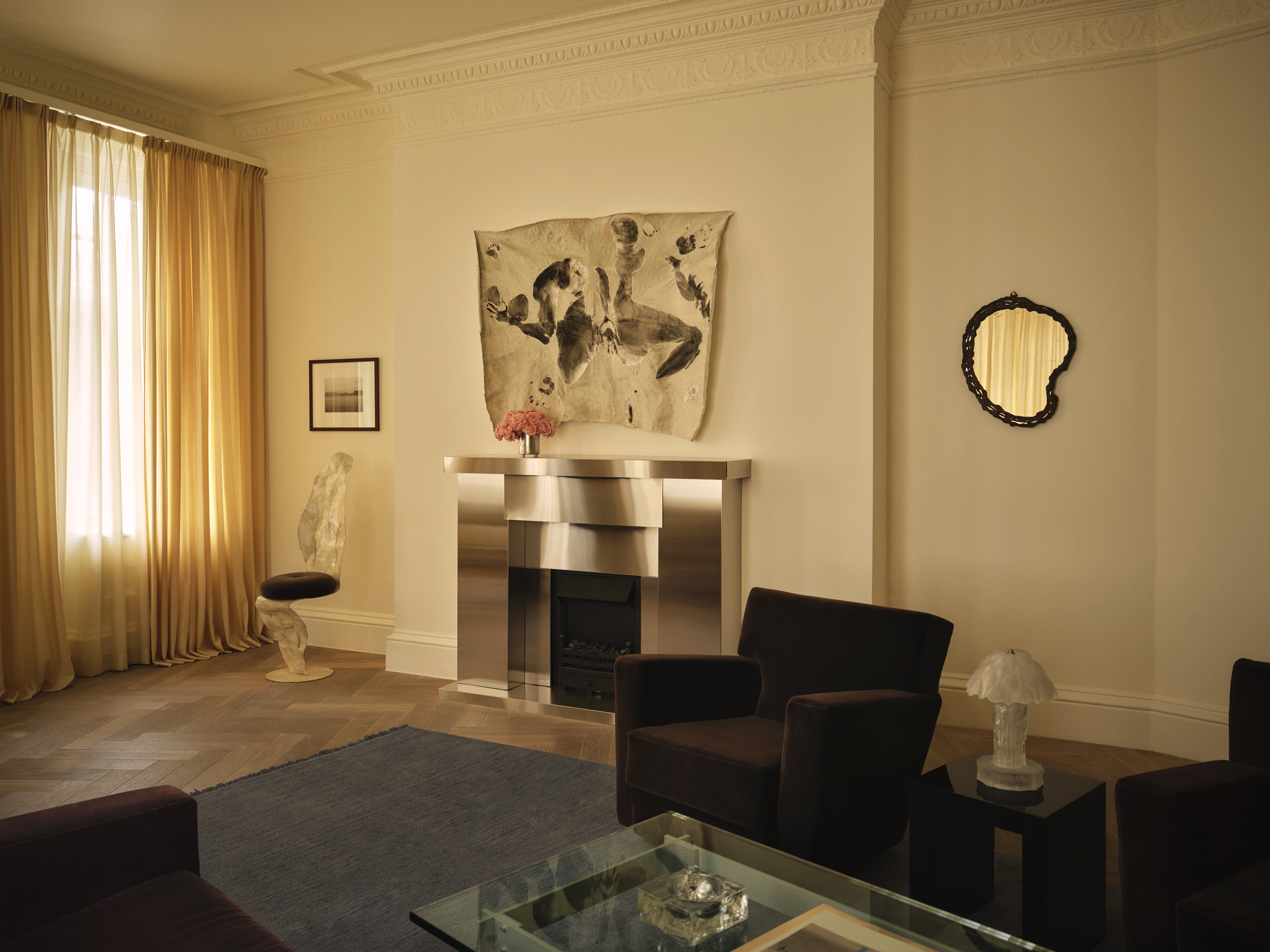 Nordic Knots arrives in London with a stylish pied-à-terre in Mayfair
Nordic Knots arrives in London with a stylish pied-à-terre in Mayfair‘Design has always been about creating a feeling’: Nordic Knots brings its vision of home to Mayfair
-
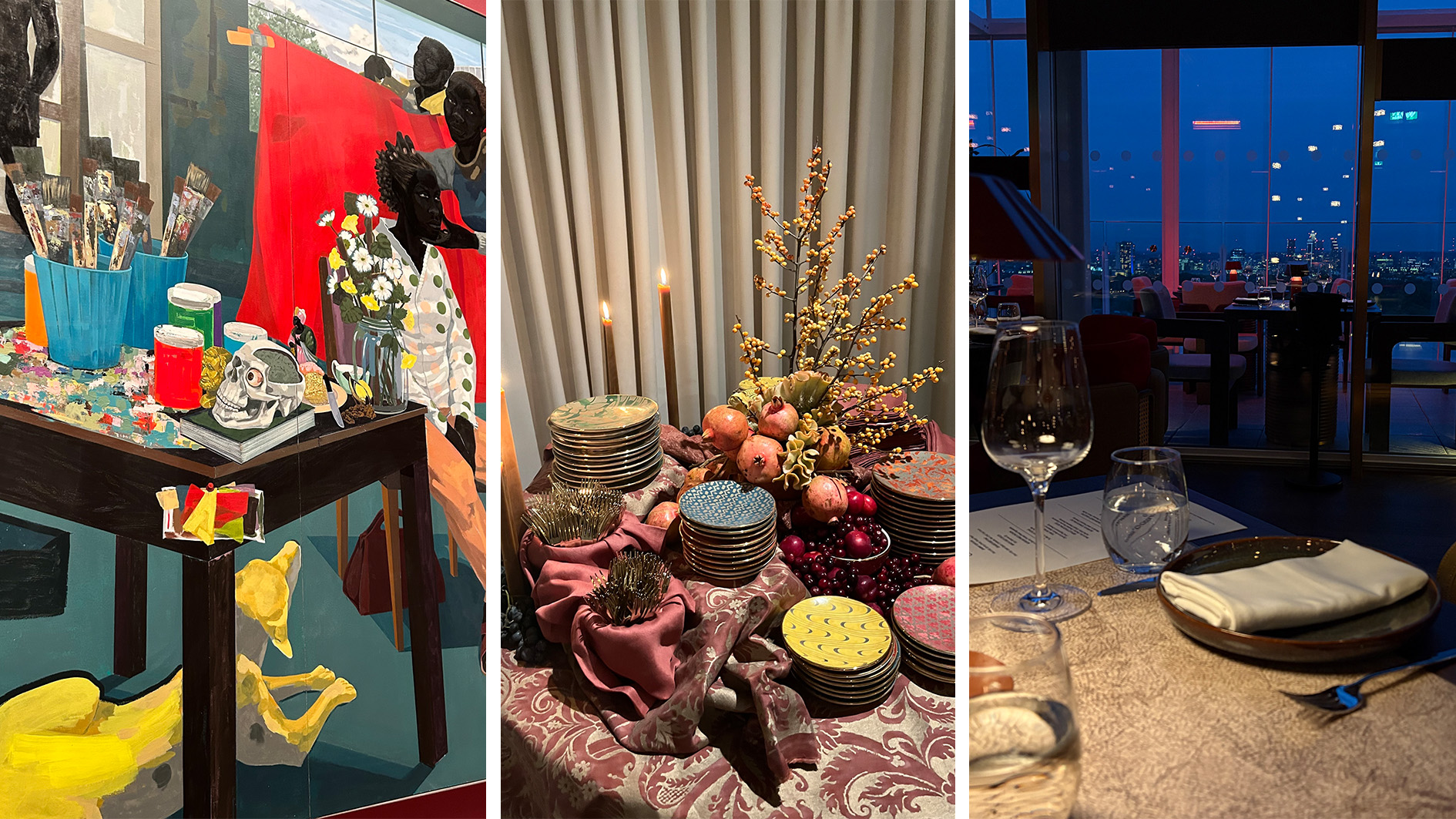 Out of office: The Wallpaper* editors’ picks of the week
Out of office: The Wallpaper* editors’ picks of the weekFrom sumo wrestling to Singaporean fare, medieval manuscripts to magnetic exhibitions, the Wallpaper* team have traversed the length and breadth of culture in the British capital this week
-
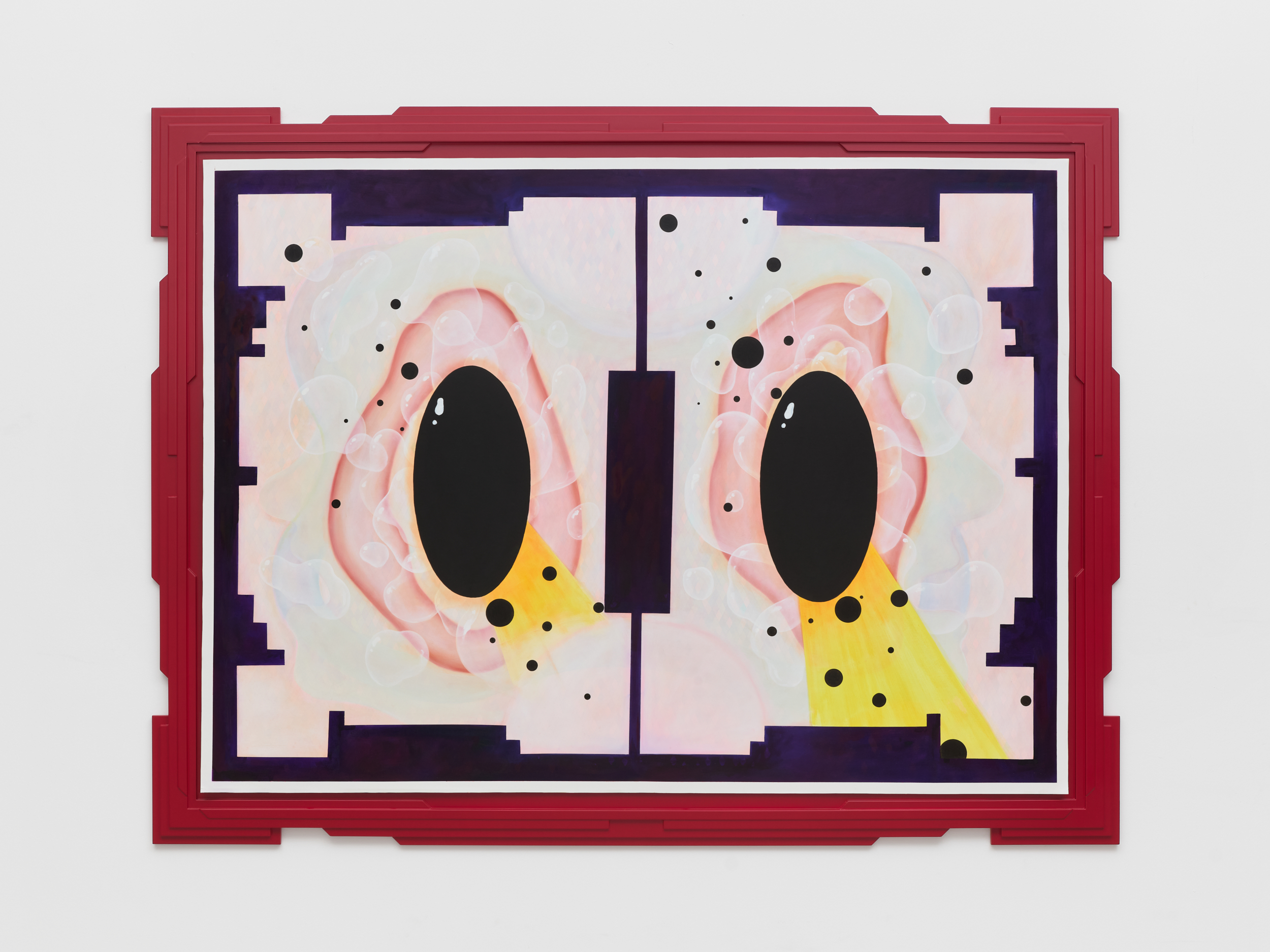 Viewers are cast as voyeurs in Tai Shani’s crimson-hued London exhibition
Viewers are cast as voyeurs in Tai Shani’s crimson-hued London exhibitionBritish artist Tai Shani creates mystical other worlds through sculpture, performance and film. Step inside at Gathering
-
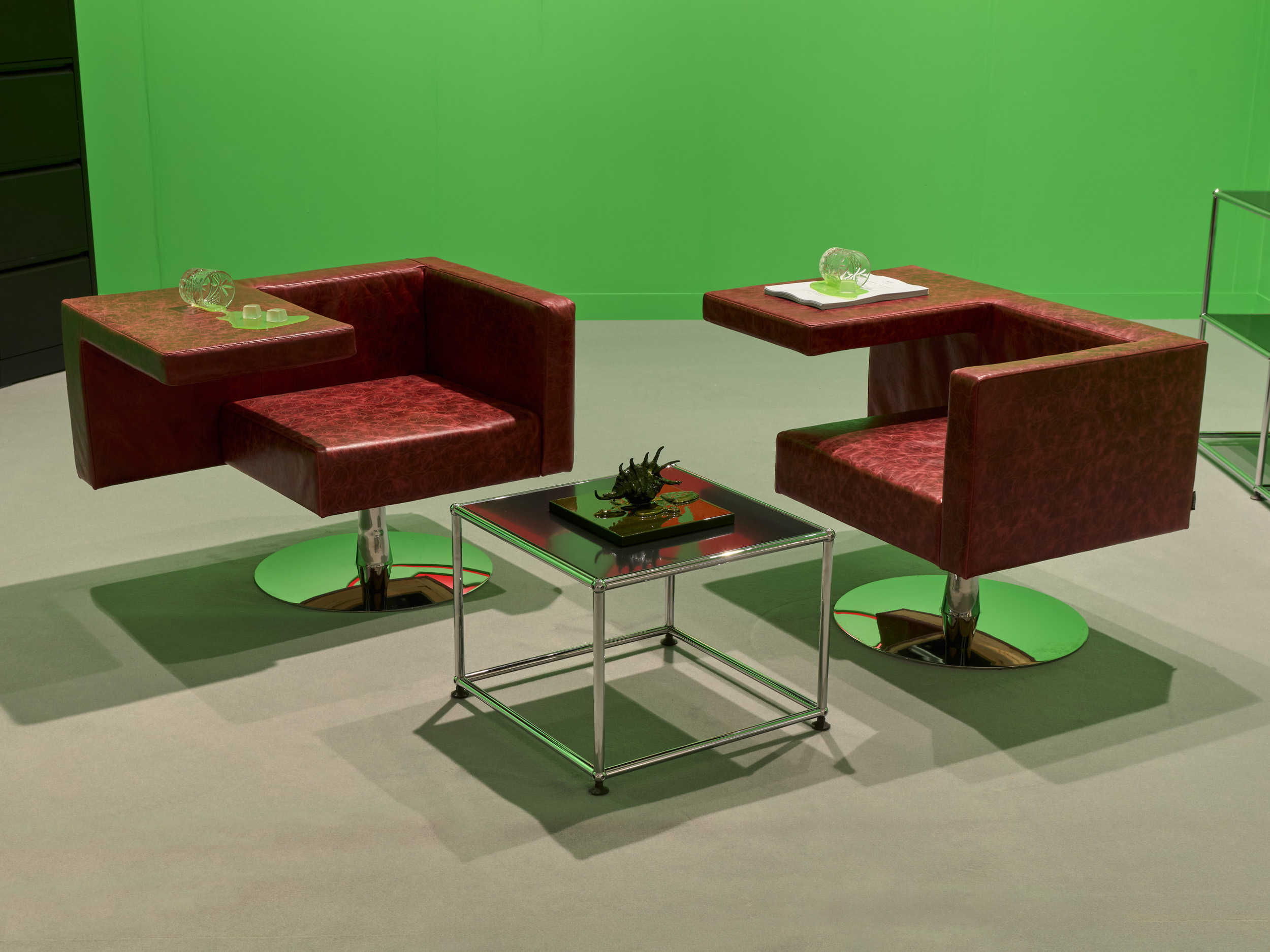 Who are the nine standout artists that shaped Frieze London 2025?
Who are the nine standout artists that shaped Frieze London 2025?Amid the hectic Frieze London schedule, many artists were showcasing extraordinary work this year. Here are our favourites
-
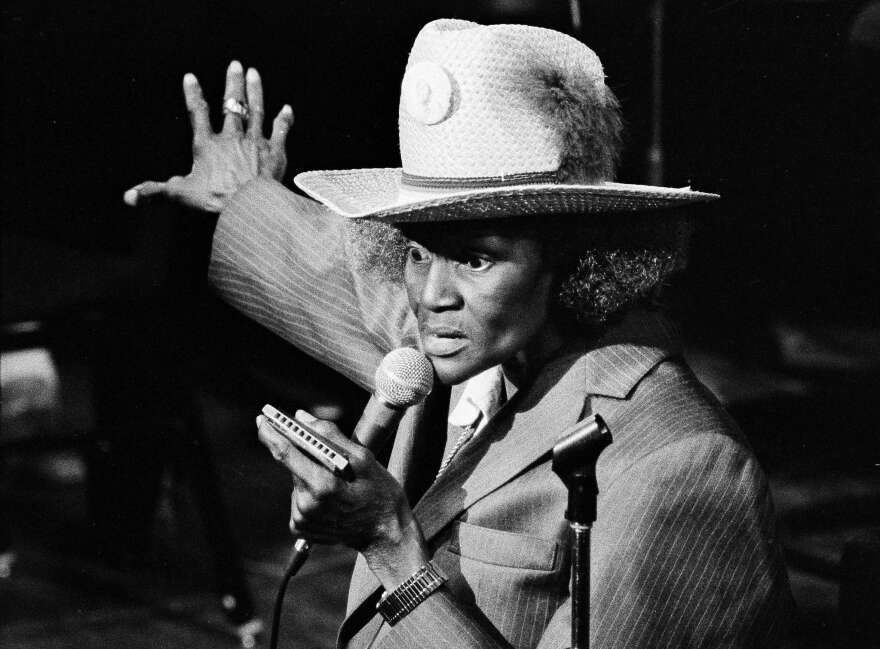 Doc’n Roll Festival returns with a new season of underground music films
Doc’n Roll Festival returns with a new season of underground music filmsNow in its twelfth year, the grassroots festival continues to platform subcultural stories and independent filmmakers outside the mainstream
-
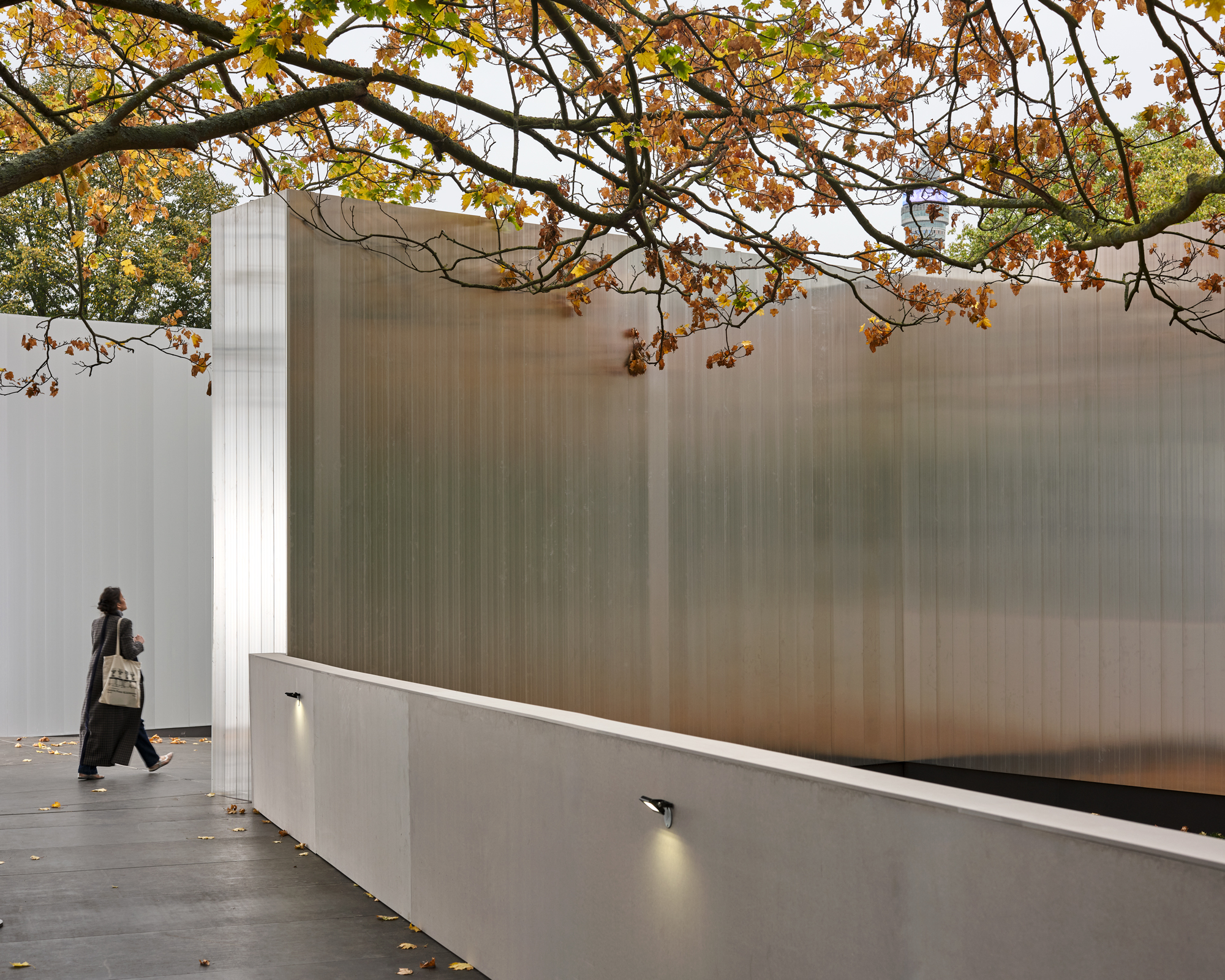 Out of office: The Wallpaper* editors' picks of the week
Out of office: The Wallpaper* editors' picks of the weekThe London office of Wallpaper* had a very important visitor this week. Elsewhere, the team traverse a week at Frieze
-
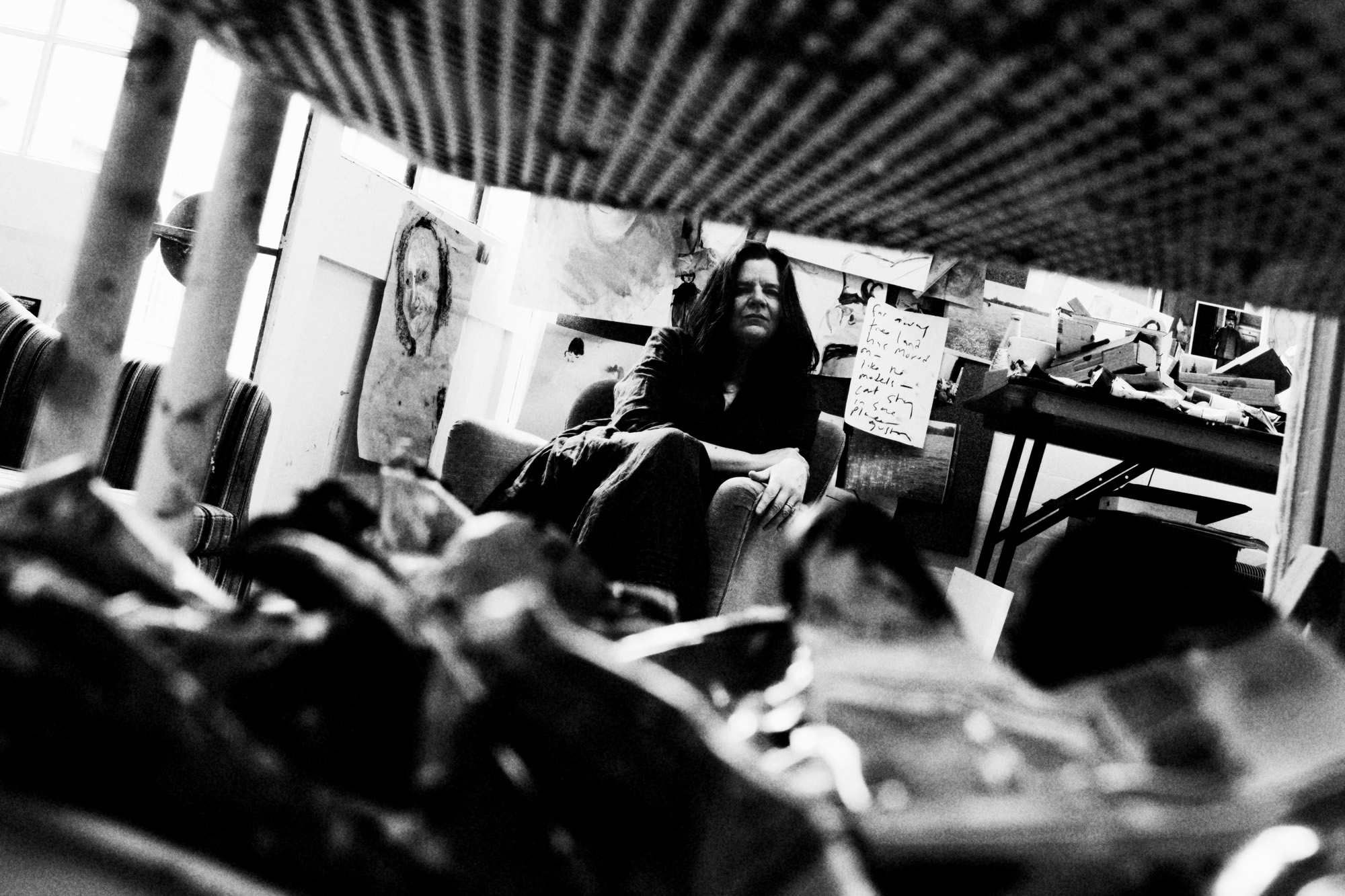 Chantal Joffe paints the truth of memory and motherhood in a new London show
Chantal Joffe paints the truth of memory and motherhood in a new London showA profound chronicler of the intimacies of the female experience, Chantal Joffe explores the elemental truth of family dynamics for a new exhibition at Victoria Miro
-
 Leo Costelloe turns the kitchen into a site of fantasy and unease
Leo Costelloe turns the kitchen into a site of fantasy and uneaseFor Frieze week, Costelloe transforms everyday domesticity into something intimate, surreal and faintly haunted at The Shop at Sadie Coles
-
 Can surrealism be erotic? Yes if women can reclaim their power, says a London exhibition
Can surrealism be erotic? Yes if women can reclaim their power, says a London exhibition‘Unveiled Desires: Fetish & The Erotic in Surrealism, 1924–Today’ at London’s Richard Saltoun gallery examines the role of desire in the avant-garde movement